Elevate your elevator
experience

Engineering and R&D excellence
to connect devices, enterprises,
and people

Proudly recognised as the 'IoT Enterprise
App Development Platform of the Year'
Connected Product Engineering Services
PEAK Matrix® Assessment 2024
Connected Enterprise Platform for Net-zero
readiness and driving Sustainability
As a leading Engineering and R&D tech company, Softdel specializes in end-to-end, Chip-to-Cloud IoT solutions that drive innovation and empower businesses to excel in an interconnected world. With deep expertise in connected devices, Softdel is uniquely positioned at the source of data, enabling us to harness actionable insights for powerful AI applications. By embedding intelligence directly at the data source, we provide industries with a strategic advantage, fostering AI-driven solutions that optimize both performance and sustainability.
Softdel is committed to advancing technological transformation through innovative IoT and cloud solutions, enabling enterprises to seamlessly integrate AI capabilities and achieve their sustainability goals. Together, we are building a smarter, greener, and more resilient future.
Dive into our state-of-the-art labs empowering IoT-led digital transformation. Softdel IoT Labs is a co-innovation space for our customers, where we passionately explore emerging technology trends through a collaborative approach, shaping the future together.

Discover our latest blogs, success stories, whitepapers, and more.
Specialised domain knowledge enhanced by consistent quality and an agile delivery system makes Softdel the preferred partner for global product companies, including many of the Fortune 500’s.





Effective product design and development to make devices smart and empower organisations to complete the IoT value chain.
IoT design, consulting, development, and integration solutions for global product companies to help them innovate faster.


Services that help organisations realise a unified technology platform to support products in various facets of their lifecycle.

Helping enterprises simplify IT-OT operations, increasing user satisfaction, and improving service quality while reducing operational costs.
Accelerating industrial innovation through advanced IoT, AI, and data integration for smarter, more efficient manufacturing.
Delivering end-to-end custom applications that align with your business needs, from concept to execution.

An independent test house that upholds every organisation’s quality benchmark with holistic verification and validation services.

To ensure organisations focus on core aspects, we establish and operate dedicated labs for product testing, sustenance, performance, and reliability.

Ensures industry-standard compliance, guiding clients through testing and certification for global market access.

Robust analytics that transforms product data, to help organisations gain new insights and make informed decisions.

A comprehensive range of services well-suited to the dynamic business landscape, to help organisations seamlessly adopt cloud technologies.

Using modern frameworks and tools, we strategise, develop, and manage mobile applications for the best customer experience.
Simplifying complex IoT concepts with intuitive, research-driven design to elevate engagement, simplify usage, and streamline the digital experience.

With extensive experience in the building automation domain, we consult with and support organisations for swift and effortless BACnet integration.






































































































